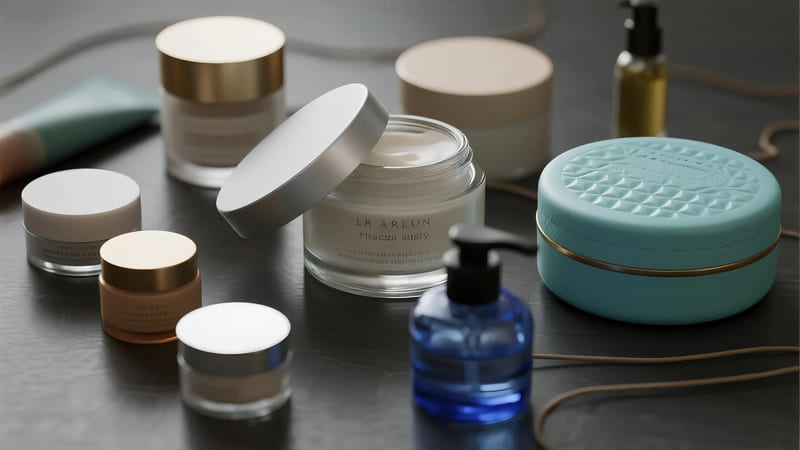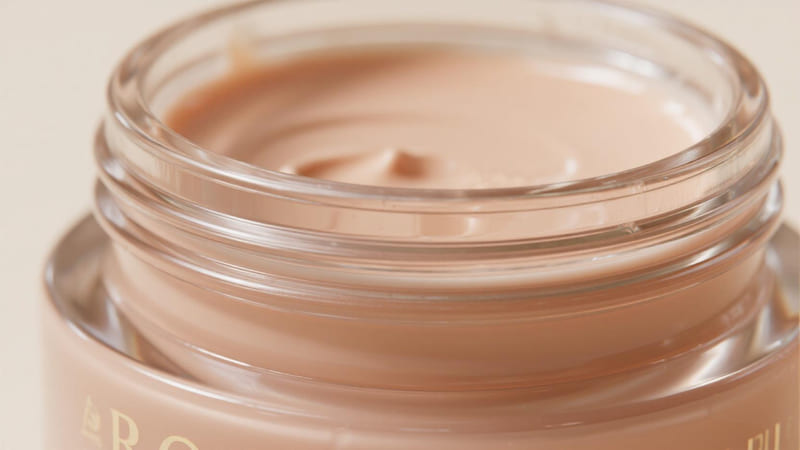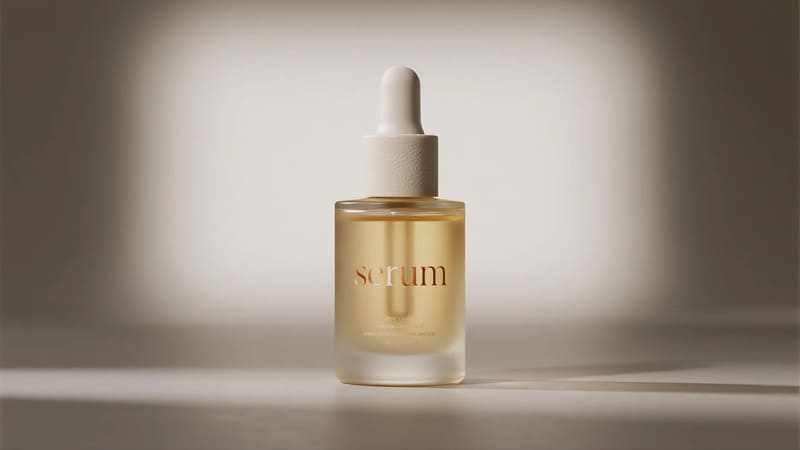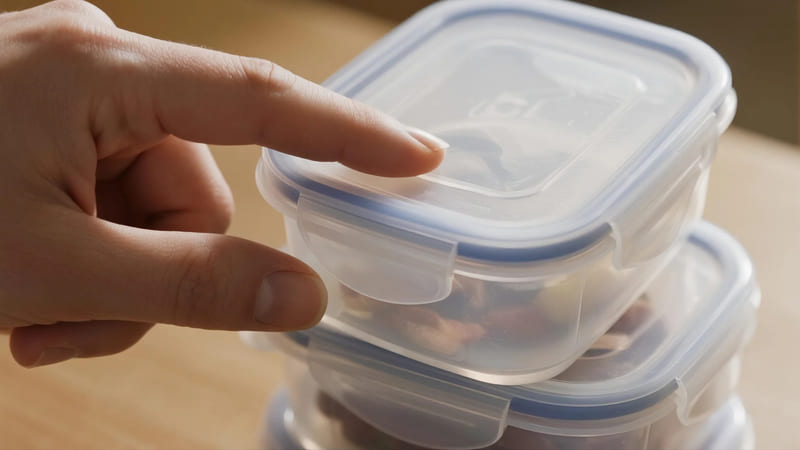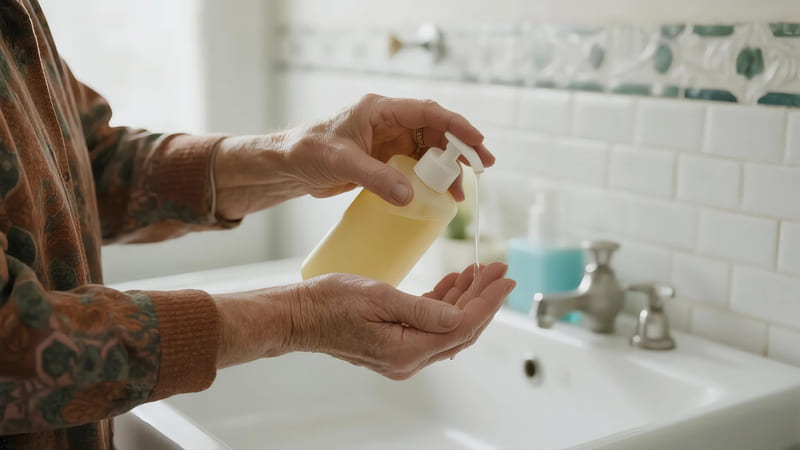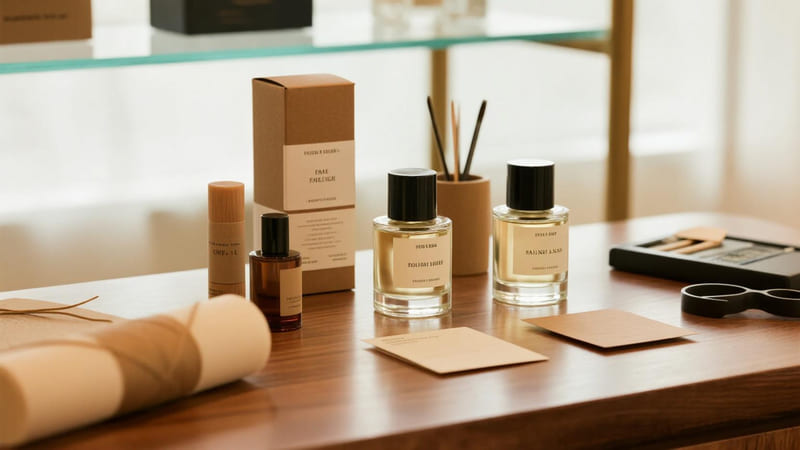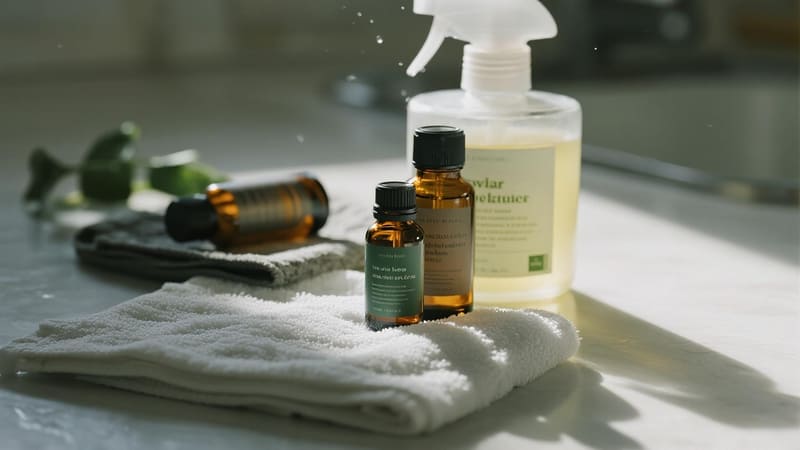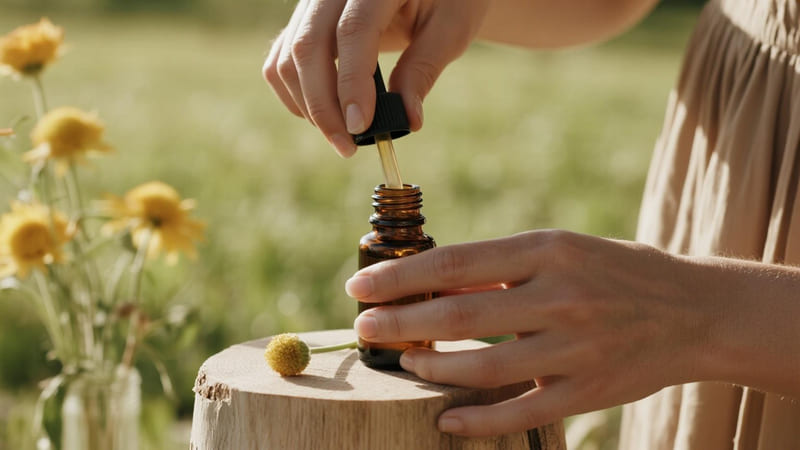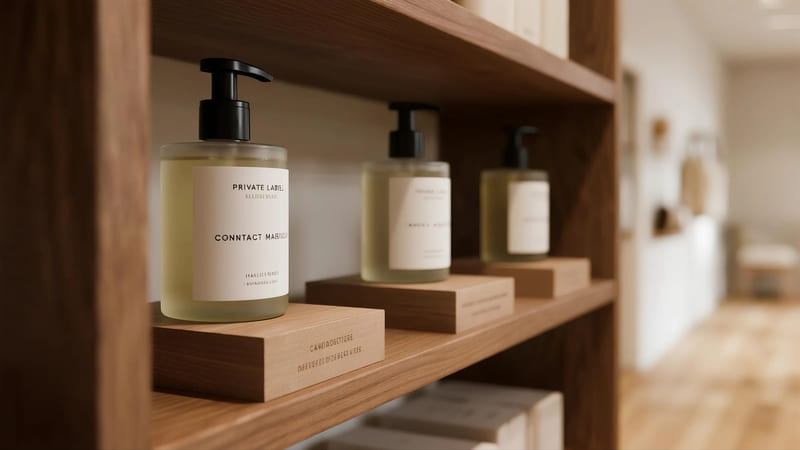Your customer loves your product, but they can’t open the jar. This frustration can tarnish their brand experience. Simple design choices can make your packaging accessible and user-friendly.
To make cosmetic jars and bottles easier to open, focus on user-friendly design. This includes increasing the size of the lid, adding textures like ribs for a better grip, and selecting the right thread design. The choice of materials and proper manufacturing torque are also critical.
I’ve been in the packaging business for over 20 years, and I’ve seen how a tiny detail like a hard-to-open lid can cause big problems for a brand. A customer shouldn’t need a toolbox to get to their face cream. It’s our job as a packaging partner to think about these things. We help brands create packaging that is not only beautiful but also a pleasure to use, from the first time to the last. It’s about respecting the customer’s experience. Let’s look at how we can solve this common problem for different types of containers.
How do you make a jar lid easier to open?
A tightly sealed jar is great for product freshness but terrible for the customer. They might struggle, damage the beautiful packaging, or even hurt their hands, which isn’t a good look.
Make jar lids easier to open by increasing their diameter or height for better leverage. Adding features like ribs, knurling, or a matte texture improves grip. Also, using a quality liner prevents over-tightening during production.
When we design a jar, the lid is one of the most important parts to get right. It’s the first physical interaction the customer has with the product inside. If that interaction is negative, it sets a bad tone. We focus on two main areas: the user’s grip and the mechanical design of the lid itself. It’s a balance between a secure seal and a smooth opening experience.
The Importance of Grip and Texture
A slippery, smooth lid is the main enemy. To fight this, we add texture. Think about vertical ribs or fluting around the edge of the lid. This gives fingers something to grab onto. Another technique is knurling, which creates a fine, diamond-shaped pattern for excellent grip. Even the finish matters. A glossy finish looks sleek, but a matte finish provides more natural friction, making it easier to turn. For some premium lines, we’ve even added a soft-touch plastic overlay on a metal lid, which feels great and provides a fantastic grip, especially if hands are a bit damp from washing up.
Lid Dimensions and Thread Design
Simple physics tells us that a wider lid is easier to turn than a smaller one because it provides more leverage. Increasing the height of the lid also gives the user more surface area to hold. Beyond size, the thread design is critical. A thread that is too deep or steep can cause the lid to lock on too tightly. We work with our clients to choose a thread profile that seals perfectly but releases with minimal effort. It’s a science. We test these things to make sure they work for real people.
| Feature | Benefit | Best for |
|---|---|---|
| Ribbed Edges | Increases grip, prevents slipping | Cream jars, body scrubs |
| Larger Diameter | Provides more leverage | Heavy creams, body butters |
| Matte Finish | Adds friction for easier turning | All jar types, especially for users with limited hand strength |
| Quality Liner | Creates a good seal without over-tightening | Serums, liquid foundations in jars |
How to make a bottle cap easier to open?
Small, smooth bottle caps are a nightmare, especially with wet hands in a bathroom. Customers might spill precious serum or just get annoyed trying to open a simple toner bottle.
To make bottle caps easier to open, add texture like vertical ribs or a grooved pattern. For droppers, a textured collar is key. For standard screw caps, ensure the thread design and manufacturing torque don’t lock it too tightly.
Bottles present their own unique challenges. The caps are often smaller than jar lids, so the design details have to be even more precise. We’ve worked with so many brands, from skincare to personal care, and the bottle cap is always a key point of discussion. A client of mine in Iraq, Mohammed, sells soaps and custom-branded sets. We designed a glass bottle for him and focused heavily on the cap, adding a subtle logo engraving that also happened to improve the grip. It’s about making design functional.
Cap Design for Functionality
Different bottle types need different solutions. For dropper bottles, the rubber bulb is easy to squeeze, but the screw collar is what you twist. We almost always recommend a ribbed or textured collar for droppers. For pumps and sprayers, the locking mechanism is key. It needs to be intuitive, often with small arrows showing which way to turn, and it shouldn’t require a lot of force. For flip-top or disc-top caps, the little indent for your thumb needs to be big enough and deep enough to provide easy leverage to pop it open. It’s a small detail that makes a huge difference in daily use.
Material and Mechanical Considerations
The material of the cap plays a role. Different plastics like PP (polypropylene) and PET (polyethylene terephthalate) have different levels of flexibility and feel. But the most important technical detail is torque. During manufacturing, we use machines that tighten the caps. We work with brands to set the exact torque specification. It needs to be tight enough to prevent leaks during shipping but loose enough for a customer to open it easily. This is a critical part of our quality control process.
| Cap Type | Key Design Feature for Easy Opening | Common Products |
|---|---|---|
| Dropper Cap | Ribbed or textured screw collar | Serums, essential oils |
| Screw Cap | Vertical grooves or knurled pattern | Toners, lotions |
| Disc-Top Cap | Sufficiently large and deep thumb indent | Shampoos, cleansers |
| Pump Lock | Clear directional indicators (e.g., arrows) | Lotions, liquid soaps |
How to open a difficult plastic container?
Some plastic containers seem sealed by a mysterious force. You risk breaking a nail or grabbing a tool from the kitchen just to pry it open, which ruins the luxury feel.
To open a difficult plastic container, apply steady, even pressure. For press-fit lids, look for a small tab or indent designed for leverage. For stubborn screw tops, a rubber grip can help. The key is understanding the seal.
As manufacturers, we design containers to be secure. But "secure" should never mean "impossible to open." When a customer finds a container difficult, it’s often a design flaw. We spend a lot of time thinking about how to prevent this. It’s our responsibility to anticipate how the customer will use the product and make it as effortless as possible. A client of ours in Thailand, Anna, got feedback that her face mask jars were a bit tough to open. We immediately worked with her to adjust the design.
Understanding Sealing Mechanisms
There are a few common types of seals. Press-fit lids, also called snap-on lids, rely on a very tight fit. A good design will always include a small lip or tab to give the user a starting point for leverage. Without it, they are incredibly difficult to open. Then you have induction seals, the foil layer under the lid. We make sure the little pull-tab is easy to see, easy to grip, and strong enough that it doesn’t just tear off. For airless pumps, the "difficulty" is often just in getting it started. They need a few priming pumps to get the product flowing, and we advise brands to put this simple instruction on the box.
Design Solutions for Difficult Containers
The best way to fix a difficult container is to design it correctly from the start. For Anna’s face mask jar, we added a slightly larger, more ergonomic tab on the lid. It was a tiny change to the mold, but it made a world of difference for her customers. This is why user testing is so important. We can create 3D-printed prototypes and have people try to open them. This feedback is invaluable before we go into mass production with tens of thousands of units. It’s about being proactive and solving problems before they reach the customer.
| Container Type | Common Issue | Design Solution |
|---|---|---|
| Press-fit Jar | Lid is too tight, no grip | Add a small, ergonomic lift tab |
| Induction Seal | Foil tab is too small or tears | Use a larger, half-moon tab; test foil strength |
| Airless Pump | Fails to prime/dispense | Use a high-quality pump engine; provide clear initial use instructions |
| Squeeze Tube | Product won’t come out | Ensure orifice size matches product viscosity |
How to open a jar when you’re too weak?
Limited hand strength can make opening a simple jar feel impossible. This can exclude many potential customers, like the elderly or those with arthritis, from enjoying your product.
When hand strength is an issue, design is the best solution. Choose larger, textured lids or pump dispensers. For existing jars, users can try rubber grippers or running the lid under hot water to help break the seal.
This question is very important to me. It’s not about a single person being "too weak"; it’s about us, the designers and manufacturers, failing to create products for everyone. This is called inclusive or accessible design. A significant portion of the population has limited hand strength, whether due to age, arthritis, or other conditions. If they can’t open your product, they can’t buy it again. We have a responsibility to design packaging that works for as many people as possible.
Designing for Accessibility
When we start a new project, we encourage our clients to think about their entire audience. Ergonomics is the science of designing things for efficient and safe human use. For packaging, this means thinking about how the hand interacts with the jar or bottle. We often recommend features that don’t require fine motor skills or a lot of force. For example, a pump dispenser is much easier to use than a small screw cap. A large, ribbed lid is better than a small, smooth one. We avoid designs that require strong pinching or twisting motions, as these are often the most difficult for people with hand pain.
Smart Packaging Features
Sometimes, the best solution is to move away from a traditional jar altogether. Airless pumps are fantastic because they only require a simple press. Squeeze tubes are also a great option. For brands that want to stick with a classic jar, we can focus on the lid. We once worked with a client who was launching a skincare line for mature skin. We knew accessibility was key. We designed a jar with a wide, scalloped lid that was incredibly easy to grip and turn. We also set the manufacturing torque to be secure but on the lower end of the acceptable range. It’s about making thoughtful choices that respect the user’s abilities.
| User Challenge | Bad Packaging Choice | Good Packaging Choice |
|---|---|---|
| Arthritis / Weak Grip | Small, smooth, round cap | Large, ribbed cap or a pump dispenser |
| Limited Dexterity | Complex locking mechanism | Simple flip-top or pump with easy twist-lock |
| One-Handed Use | Jar requiring two hands to open | Squeeze tube or airless pump |
| Vision Impairment | No tactile indicators | Pump with a tactile notch to show direction |
Conclusion
Making packaging easy to open isn’t a minor detail. It shows respect for your customer and is a core part of smart, inclusive design that we help brands achieve.

